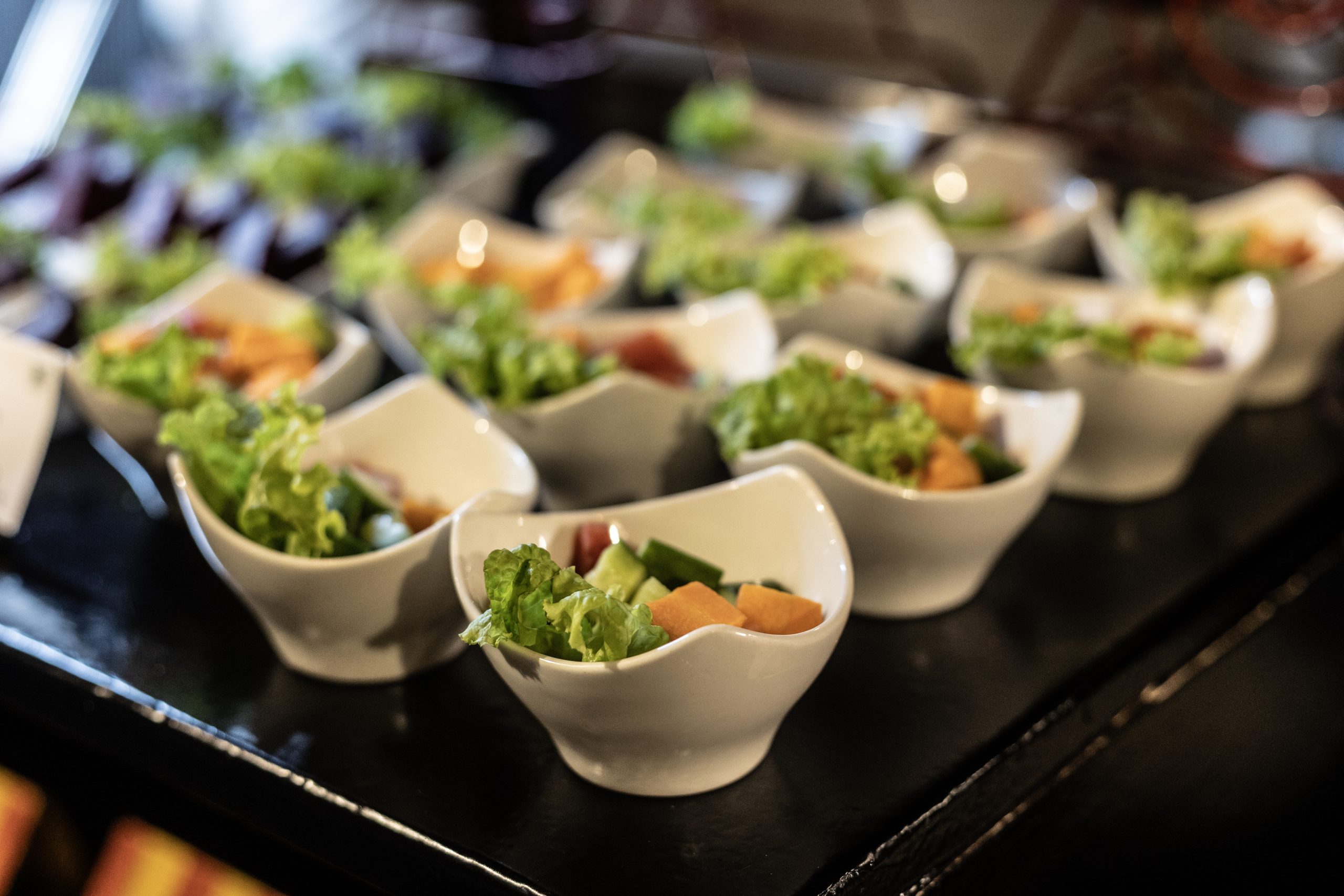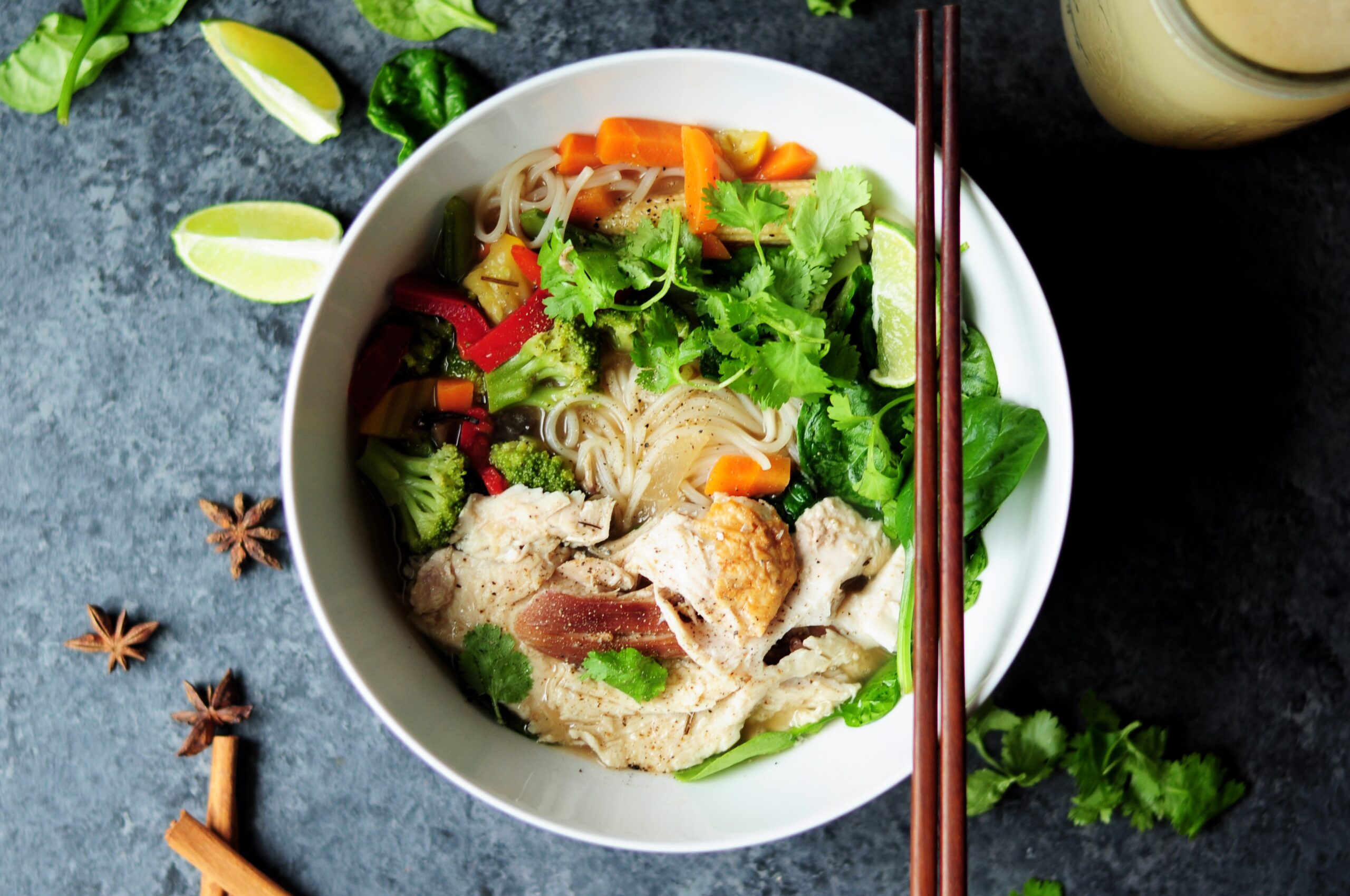As regional cuisines are being rediscovered and revived, we meet
Bridget Kumar White, one of the most passionate and articulate ambassadors of Anglo-Indian cuisine.
“It all began when I started compiling a collection of family recipes for my daughter when she moved away from home. We come from a family where recipes were passed down like heirlooms,” begins White, recalling how she cooked ball curry (bad word curry) on her own for the first time. She was 16, standing nervously by the stove, watching the ingredients come together in her mother’s old cast iron pan — onion, ginger, cinnamon — the aromas were familiar, but the moment felt different. She didn’t realise it then, but she wasn’t just making dinner. She was keeping a legacy alive.
“I remember thinking, if I mess this up, Mum’s going to know just by the smell,” she laughs. “She knew her food really well.”
An array of dishes by White — markers of her family and more
White always contextualises her food, telling you not just how to cook but why each dish matters. Ball curry becomes a colonial kitchen adaptation to local spices. Served with coconut rice and Devil’s Chutney — a fiery combination of onions, red chilli, vinegar and a hint of sugar (also called Mother-in-Law’s Tongue for obvious reasons) — this was the holy trinity of Anglo-Indian fare! A roast beef with pepper sauce evokes memories of Sunday lunch rituals and British club culture.
Her mother’s kitchen was always alive with the scent of vinegar-soaked meats, tempered spices, and freshly baked cakes.
“You always knew what day of the week it was by what was cooking,” she says. “Friday was fish cutlets. Sunday was pepper water (rasam) and roast beef.”
Her recipes are accessible, unfussy, and filled with historical notes that point to the depth of the cuisine’s syncretic nature. Vinegar often replaces tamarind; Worcestershire sauce is swapped out for more traditional masalas. It’s fusion cuisine with a distinct purpose — reflecting an identity forged at the intersection of East and West.
At a recent pop-up at The Renaissance Bengaluru Race Course Hotel, she showcased her classic recipes, working cleverly with adaptations and substitutions. Pork was replaced by aubergine in a fiery vindaloo, ball curry was made with mutton instead of beef, cutlets with chicken mince… It was a range of dishes that were both comforting and complex — think mulligatawny soup, ball curry, country captain chicken, Devil’s Chutney, railway mutton curry, rissoles, croquettes, and of course the ubiquitous Doll (Dhal) curry.
“I grew up surrounded by the aromas of cinnamon, vinegar, and slow-cooked meats,” she recalls. “Our meals were never just about food — they told stories of family gatherings and memories.”
A glimpse of the The Renaissance Bengaluru Race Course Hotel pop-up
She has since authored several cookbooks — including Anglo-Indian Delicacies, A Collection of Simple Anglo-Indian Recipes, and The Best of Anglo-Indian Cuisine. Each book serves as a repository of treasured recipes as well as a cultural document, preserving stories of families, communities, and memorable feasts.
“I realised that Anglo-Indian cuisine was disappearing because it was never codified. It lived in people’s kitchens, not in cookbooks.”
Words by Jackie Pinto.







